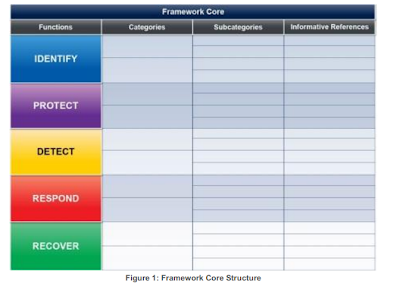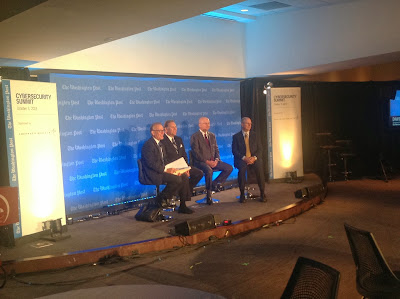(Washington, DC) The National Association of State Energy Officials (NASEO) and the U.S. Department of Energy’s Office of Electricity Delivery and Energy Reliability held a two-day Energy Assurance and Interdependency Workshop here to examine the cascading impacts of energy systems on other critical infrastructure. The workshop examined a number of potential emergency scenarios to role-play how interdependent essential services (such as food, water, finance, transportation) might prepare for a number of emergencies, including sophisticated cyber attacks.
During the second day of the workshop, moderator Jack Eisenhauer of Nexight Group laid out for a panel of experts a complex, fictitious cyber attack that cripples banking institutions, leaving users unable to conduct online financial transaction, while taking down the electric grid within large urban areas across the U.S. and consequently disrupting the delivery of natural gas to electric power plants.
On top of these disastrous impacts, the scenario includes voltage surges in the electric transmission system which flow down to the distribution systems, causing damage to automatic transfer switches and backup generators at many residential and commercial facilities, including the Federal Reserve and banking institutions. How, the panelists were asked, do you proceed under such a scenario?
Despite the severity of these events, as long as the communications systems still function, damage could be mitigated even under these extreme conditions, the panelists agreed. "Electricity and communications are really not separate anymore," Patrick Miller, Partner and Managing Principal of the Anfield Group said. "It's a fabric really."
The electric systems can be run manually, particularly at generation facilities, while the cyber incident is investigated and redressed. "As long as the communication failures didn't occur, they can resume operations," Miller said.
The same thing is true for the natural gas system, according to energy sector security expert Gary Forman. "The manual operation of the natural gas system depends on communications," specifically mobile telephones and land mobile radio.
Transportation also becomes crucial under the hypothetical scenario due to the surge-related physical damage, with particular need for quick delivery of replacement parts and expert personnel. But, with an incapacitated financial system, transporting equipment and personnel could prove problematic. "Will they even be able to buy gas and swipe their cards?" Forman asked, referring to personnel who must travel in order to make repairs or implement manual operations.
Making repairs to capacitor banks damaged in voltage surges, for example, "requires heavy machinery and big trucks and folks with special training," Miller said. It would be little surprise, then, if the military stepped in during such a scenario to facilitate restoration.
"We're pretty sure we're going to get the call for support" if the cyber events occur as described, Neil Holloran of the Naval Surface Warfare Center said, particularly if the power outages extend for days. "Beers, bros and barbecues for the first three days and on the fourth day the guns come out," he said.
It could take a week before power is back up, Miller said. "Under the scenario as designed, [it] looks like we could get it back up within a week."
Coordination is key to restoring essential services, something the financial sector has worked out well through its Information Sharing and Analysis Center (ISAC), Karl Schimmeck, VP of Financial Services Operations, Securities Industry and Financial Markets Association, said. "That doesn't solve everything, but helps you get the lay of the land," Sara Alexander, Deputy Director of ChicagoFIRST, a regional emergency preparedness organization, said.
The financial services ISAC works well on the national level for cyber incidents, but if physical damage or transportation complexities are involved, regional coordination becomes crucial. Unfortunately, "if there is something that could replicate the value of the ISAC at the state and regional level, we haven't seen that," Alexander said.




























